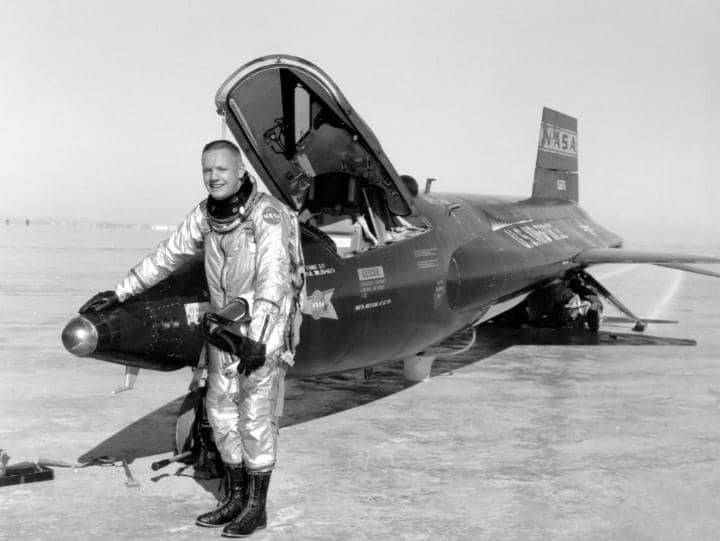The Wright brothers, Orville and Wilbur Wright, are credited with inventing, building, and flying the world’s first successful airplane. On December 17, 1903, Orville made the first controlled, sustained flight of a powered, heavier-than-air aircraft, marking a pivotal moment in aviation history.
The Wright brothers’ achievement was the culmination of years of research and experimentation. They studied the flight patterns of birds and conducted extensive wind tunnel tests to understand the principles of flight. Their breakthrough invention was a three-axis control system that enabled the pilot to steer the aircraft effectively and maintain its equilibrium.
The historic flight took place near Kitty Hawk, North Carolina, on a sandy stretch of land known as Kill Devil Hills. The Wright Flyer, their custom-built aircraft, took to the air for 12 seconds and covered a distance of 120 feet (37 m). Wilbur and Orville took turns flying the plane, with Wilbur making the longest flight that day of 59 seconds.
While there were earlier attempts at human flight, such as gliders and steam-powered airships, the Wright brothers’ achievement marked the first manned, powered, heavier-than-air and controlled flight. Their success paved the way for the rapid development of aviation technology in the early 20th century, leading to the creation of commercial airlines and the advancement of military aviation.
Today, the Wright brothers’ legacy lives on, with their original aircraft displayed at the Smithsonian National Air and Space Museum in Washington, D.C. Parts of their historic plane have even been taken to the moon and Mars, a testament to the enduring impact of their groundbreaking invention

